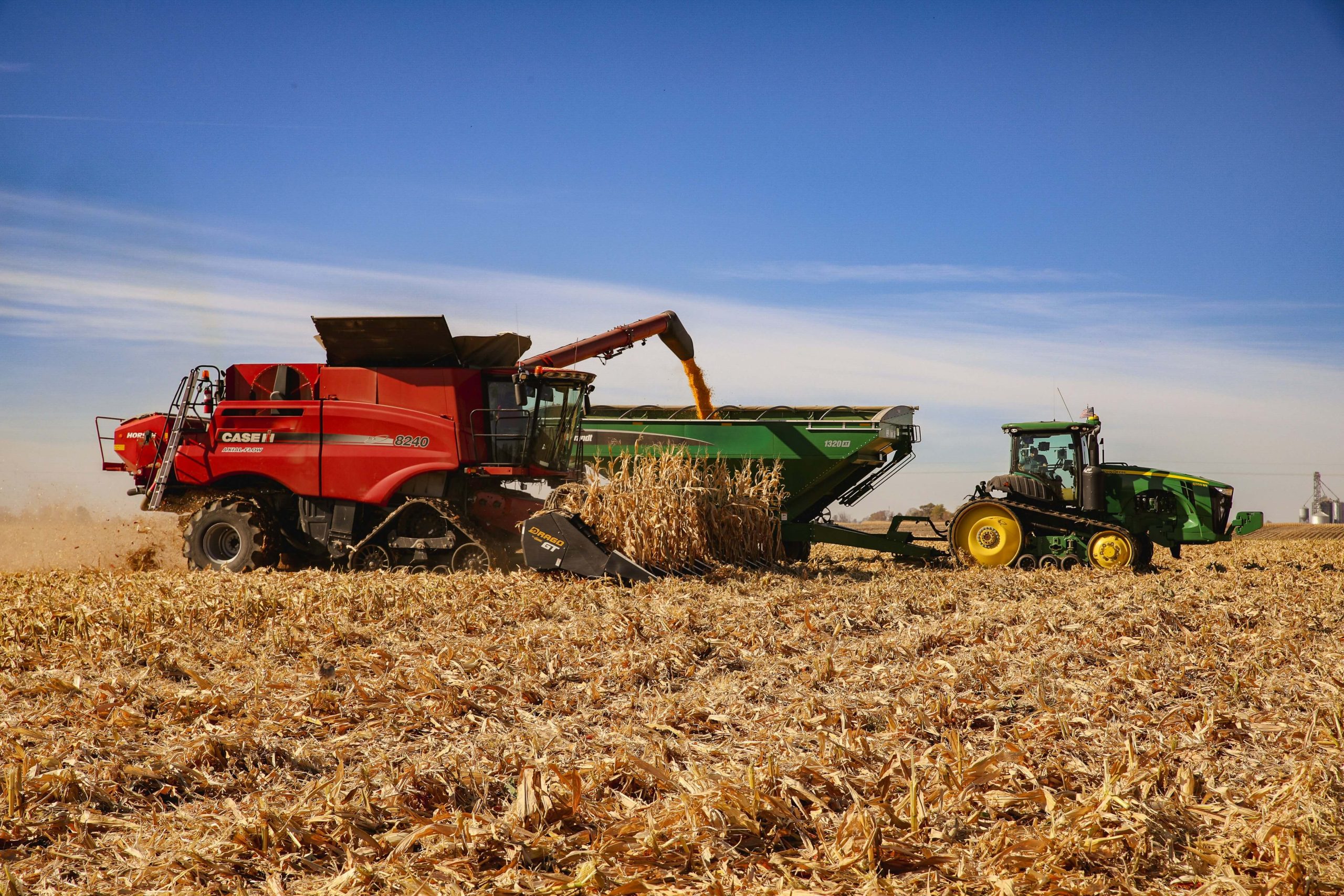
Efficient farming is all about moving harvests smoothly and quickly, especially during peak times. With various types of grain carts available, selecting the right one for your farm’s unique needs can make all the difference. Grain carts come in multiple designs to support efficient grain transport and unloading, and each type offers distinct advantages to meet specific farming requirements.
In particular, single auger grain carts, dual auger grain carts, and grain carts with tracks are three highly effective models that stand out for their functionality and adaptability in the field. Understanding the specific benefits of each can help farmers optimize productivity and protect yields.
Single Auger Grain Carts: Simple and Effective
Single auger grain carts are known for their simplicity and reliability. They consist of one large auger that facilitates quick unloading, making them easy to operate and maintain. With fewer moving parts compared to dual auger models, single auger grain carts often require less maintenance, reducing downtime and expenses over the season. Many farmers appreciate the straightforward design, which makes repairs less complicated and allows for better long-term durability. For small to medium-sized operations, single auger grain carts provide a great balance of affordability and efficiency, especially for those seeking a user-friendly option that doesn’t sacrifice performance. The design’s efficiency is ideal for farms with consistent, modest yields.
Dual Auger Grain Carts: Enhanced Capacity and Efficiency
For larger farming operations or those looking for faster unloading times, dual auger grain carts can be an ideal choice. Unlike single auger models, dual auger carts use two augers working in tandem, which enables a faster and more controlled unloading process. This dual system minimizes the time spent transferring grain, which can be particularly beneficial when racing against weather changes or other time-sensitive factors. The dual auger design typically allows for a larger grain cart capacity, which means fewer trips to unload, conserving fuel and labour over time. Although dual auger grain carts may be a bigger investment upfront, they can increase operational efficiency, helping large-scale farms optimize both time and resources during harvest.
Grain Carts with Tracks: Reducing Soil Compaction
Soil compaction is a serious concern in modern farming, as compacted soil can restrict root growth and reduce water absorption, ultimately affecting crop yields. Grain carts with tracks address this issue by distributing the cart’s weight more evenly across the soil surface, reducing the pressure exerted on the ground. This design is particularly advantageous for farms with wet or soft soil conditions, where traditional tires might sink and cause further compaction. The track system also improves stability, ensuring better handling in challenging field conditions. Though grain carts with tracks can be more expensive and may require additional maintenance compared to wheeled models, their long-term benefits to soil health and overall field productivity make them a wise choice for farmers prioritizing sustainable land management.
Selecting the Right Grain Cart for Your Farm’s Needs
Investing in the right type of grain cart can greatly impact the ease and success of your farming operation. Understanding how each cart type functions enables you to make informed choices that will serve your farm best over time. Whether it’s the simplicity of a single auger cart, the speed of a dual auger cart, or the soil-friendly nature of a tracked cart, the right grain cart can be an essential tool for a productive harvest season.